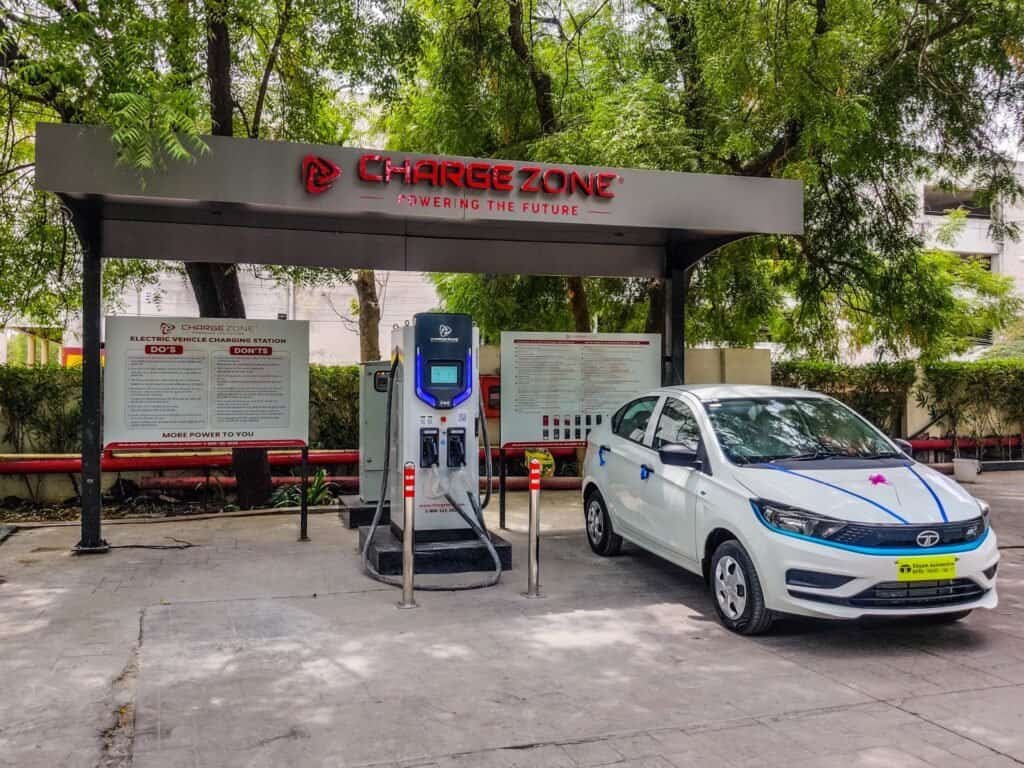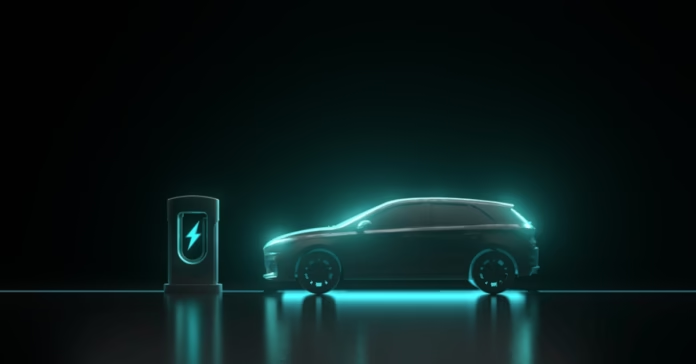The market for electric vehicles (EVs) in India is changing dramatically due to government initiatives and growing consumer environmental consciousness. Through 2024, a number of initiatives have been launched nationwide with the goal of lowering carbon emissions and encouraging environmentally friendly transportation. An outline of the main electric vehicle programs started by the federal and state governments is given in this blog.
Prominent Programs Encouraging EV Adoption
- PM Electric Drive Revolution in Innovative Vehicle Enhancement (PM E-Drive)
The PM E-Drive program, which was introduced on October 1, 2024, intends to hasten the adoption of electric vehicles by offering significant subsidies and incentives. This initiative, which encourages the purchase of electric two-wheelers, three-wheelers, e-ambulances, e-trucks, and more, has been given ₹3,679 crore by the government. It is anticipated that the program will make it easier to finance 14,028 e-buses and about 24.79 lakh electric two-wheelers. - EMPS 2024: Electric Mobility Promotion Scheme
Beginning on April 1, 2024, the EMPS was launched with a four-month investment of ₹500 crore. Promoting electric two-wheelers and three-wheelers that are registered for commercial usage is the main goal of this program. It intends to expand public transportation options while creating a competitive electric vehicle manufacturing ecosystem in India. - Scheme to Promote Manufacturing of Electric Passenger Cars (SPMEPCI)
This plan, which was approved on March 15, 2024, aims to transform India’s electric passenger car manufacturing industry. It seeks to lessen dependency on imported oil, reduce air pollution, and create jobs in the electric vehicle industry by promoting domestic manufacturing and innovation.
Also Read: EV Loan Guide: Get the best Car Loan Interest rates from all Banks in one place!

Initiatives at the State Level
In order to encourage electric mobility, several states have also implemented their own programs:
- Delhi: To encourage electric vehicle adoption in the face of elevated pollution, the Delhi Electric Vehicle Policy restored incentives for EVs.
- Maharashtra: As a bylaw, the state provides significant incentives for electric buses and two-wheelers.
- Chandigarh and Punjab: To promote local adoption, offer particular financial incentives for e-cycles and e-vehicles.
Obstacles and Opportunities for the Future
Even with these encouraging advancements, there are still obstacles in the way of increasing electric vehicle adoption in India. Due to restricted model availability and higher prices as compared to vehicles with internal combustion engines, electric vehicle adoption in the passenger vehicle market is now at around 2.5%. To maintain growth in this area, industry leaders stress the necessity of more precise regulations and long-term planning.
Conclusion
Achieving sustainable urban transportation depends on the Indian government’s aggressive promotion of electric vehicles through a number of programs. It is anticipated that these projects will have a major impact on the nation’s economic growth and environmental outcomes as they develop throughout 2024. In order to remove current obstacles and promote a strong electric vehicle ecosystem, government agencies and automakers must maintain their cooperation.


